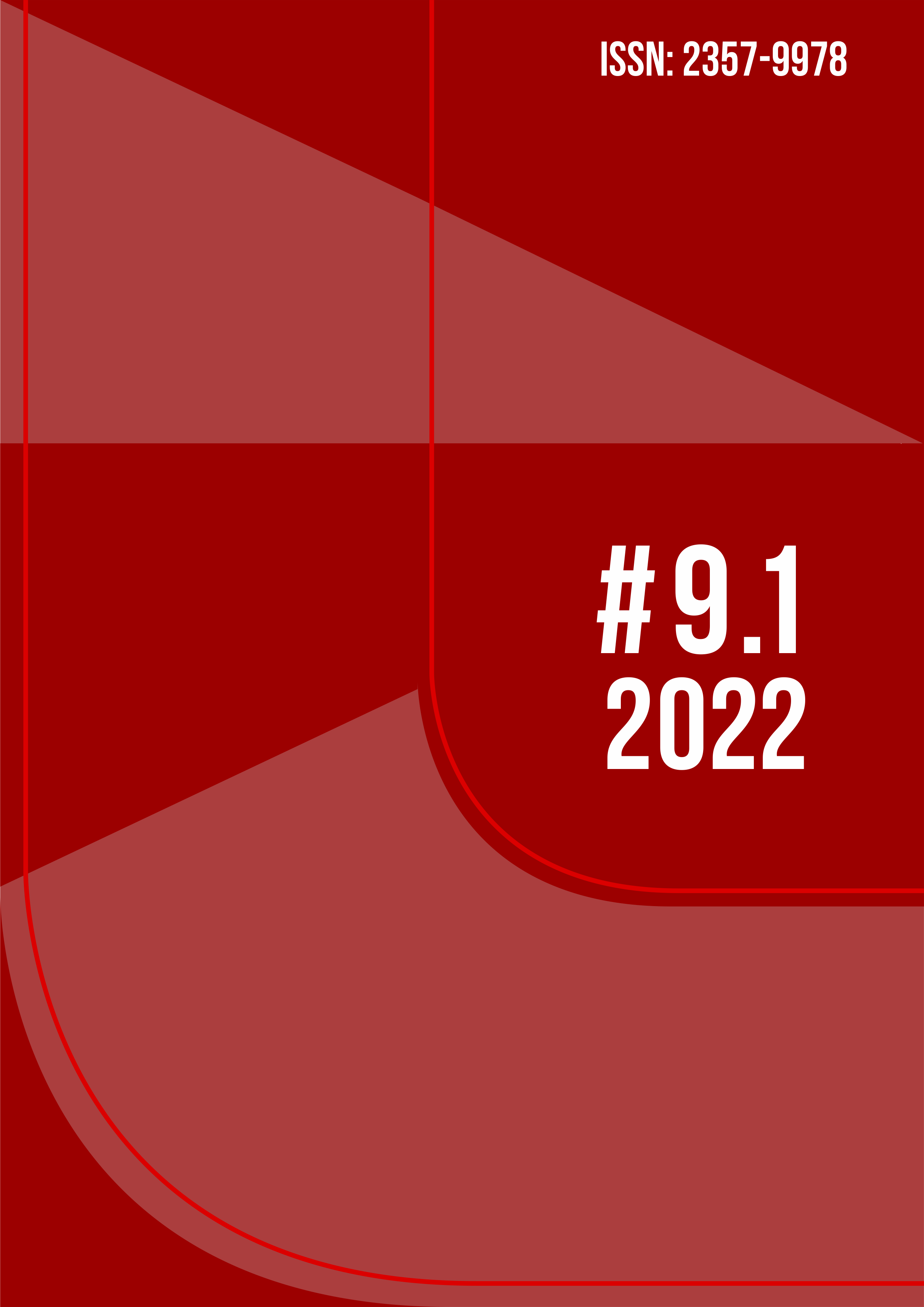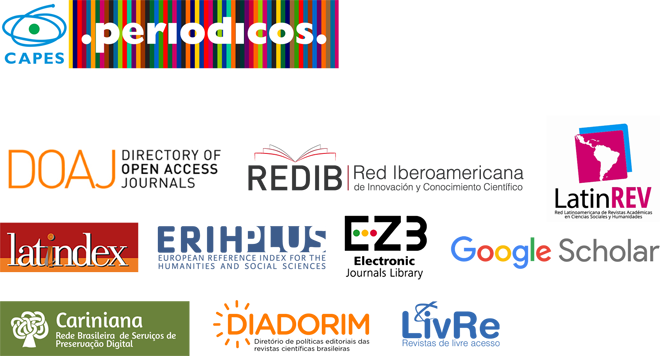Persistence of the Indicative Paradigm in Gesture Between Scientific and Artistic Images
DOI:
https://doi.org/10.36025/arj.v9i1.29642Keywords:
Aby Warburg, Mnemosyne, Evidential paradigm, Gestures, Fragmented bodyAbstract
This text is based on the notions of Nachleben and Pathosformel, proposed by Aby Warburg, and on the experience of observing the Atlas Mnemosyne, an instrument that shows how topics, ready to be unfolded, enrich the possibilities of its understanding by the historical recollection of the observer, who uses the circulation of images for knowledge transmission. Such reflection is developed from the study of gestures (Pathosformeln), as these are analyzed in Warburgian studies. In addition, the idea of a fragmented body stands out, whose representations are linked to the evidential paradigm (Carlo Ginzburg) and the themes of death and violence. On this purpose, the paper evokes ideas of Alphonse Bertillon and Giovanni Morelli, as well as artists such as Andrea Mantegna, Rembrandt, Auguste Rodin, Adolf Menzel and Marcel Duchamp, in order to think about a possible imagery route, in which the representation of violence and scientism intersect, transforming the imagination through the history of Western art.
Downloads
References
AGAMBEN, Giorgio. La imagen inmemorial. In: AGAMBEN, Giorgio. La potencia del pensamiento: ensayos y conferencias. Buenos Aires: Adrian Hidalgo Editora, 2007. Pp. 423 – 435.
ALCIDES, Sérgio. Sob o signo da iconologia. Topoi: Revista de História, Rio de Janeiro, 7 Letras, 2001, p. 131 – 173.
COLI, Jorge. O corpo da liberdade: Reflexões sobre a pintura do século XIX. São Paulo: Cosac Naify, 2010.
DIDI-HUBERMAN, Georges. A imagem sobrevivente: história da arte e tempo dos fantasmas segundo Aby Warburg. Tradução Vera Ribeiro. Rio de Janeiro: Contraponto, 2013
DIDI-HUBERMAN, Georges. Atlas ¿Cómo llevar el mundo a cuestas? Madrid: Reina Sofía, 2010.
DIDI-HUBERMAN, Georges. Formes procesuelles: l’empreinte comme travail. Em: La ressemblance par contact: Archéologie: anachronisme et modernité de l’empreinte. Paris: Les éditions de minuit, 2008.
DIDI-HUBERMAN, Georges. Ninfa moderna. Saggio sul paneggio caduto. Trad. Aurelio Pino. Milano: Abscondita SRL, 2013.
GINZBURG, Carlo. Sinais: raízes de um paradigma indiciário. In: GINZBURG, Carlo. Mitos, emblemas, sinais: morfologia e história. São Paulo: Companhia das Letras, 1989. Pp. 143 – 179.
KEHL, Maria Rita. O tempo e o cão: atualidade das depressões. São Paulo: Editora Boitempo, 2009.
MARRAUD, Hélène. Rodin revealing hands. Paris: Musée Rodin, 2011.
MARTI, Octavi. El arte pensado sólo para especialistas está condenado a muerte. El País, dezembro de 2005. Disponível em: https://elpais.com/diario/2005/12/24/babelia/1135382776_850215.html. Acesso em: novembro de 2014.
NANCY, Jean-Luc. O vestígio da arte. In: HUCHET, Stéphane (Org.). Fragmentos de uma teoria da arte. São Paulo: Edusp, 2012, p. 289 – 306.
PARCERISAS, Pilar. Duchamp en España: las claves ocultas de sus estancias en Cadaqués. Madrid: Siruela, 2008. (Biblioteca azul Serie mínima, 23).
RAMPLEY, Mathew. Aby Warburg y el cine. Revista Carta, Madrid, nº 2, primavera-verão 2011. Disponível em: http://www.museoreinasofia.es/publicaciones/revista#numero-2. Acesso em: setembro de 2014.
RILKE, Rainer Maria. Auguste Rodin. Buenos Aires: Editorial Poseidon, 1934.
SEBALD, W. G. Os anéis de saturno: uma peregrinação inglesa. São Paulo: Companhia das Letras, 2010.
WARBURG, Aby. Atlas Mnemosyne. Madrid: Akal Ediciones, 2010.
WARBURG, Aby. O nascimento de Vénus e a Primavera de Sandro Botticelli. Tradução de Artur Morão. Lisboa: KKYM, 2012.
Downloads
Published
How to Cite
Issue
Section
License
Copyright (c) 2022 Hortência Nunes Abreu (Autor)

This work is licensed under a Creative Commons Attribution-NonCommercial-ShareAlike 4.0 International License.

This work is licensed under a Attribution-NonCommercial-ShareAlike 4.0 International (CC BY-NC-SA 4.0) License.
Authors retain copyright, while licensing their work under a Attribution-NonCommercial-ShareAlike 4.0 International (CC BY-NC-SA 4.0) License.


 English
English Português (Brasil)
Português (Brasil)
